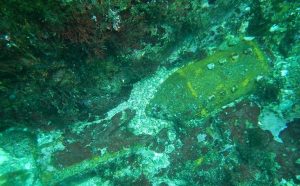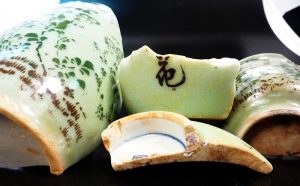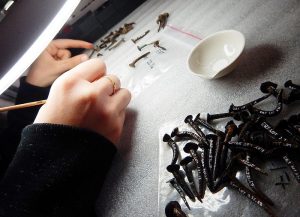Divers discovered six artillery hells, believed to be the oldest of their kind, within the wreckage of the Ottoman Navy frigate “Ertuğrul”, that sunk in 1890 near Kushimoto, in the Wakayama Prefecture, southern Japan.

The Ertuğrul departed on a goodwill journey in April 1889 to send a friendship message from Sultan Abdülhamid II to then-Japanese Emperor Meiji. The frigate sank during a typhoon on Sept. 18, 1890, after leaving Yokohama. A total of 533 sailors died and only 69 survived. The entire saga became a milestone in historic friendly relations between Turkey and Japan.

The wreckage is being excavated since 2007 by a joint Turkish and Japanese team of researchers of the Kushimoto Turkish Memorial and Museum. According to the researchers, since January, in a total of 120 dives made by divers 200 meters off the rocks where Ertuğrul crashed and sank. So far six artillery shells were removed from the ship’s former arsenal. Three artillery shells weighing 52 kilograms bear the mark “Palliser,” in reference to an early armor-piercing shell developed by Sir William Palliser of the British army. Three others weigh 30 kilograms each.

The shells were salvaged from the wreck lying some 17 meters deep on the ocean bed. This type has been removed from usage starting from the 1880s as they lost their effectiveness on modern ships. Additionally, porcelain tableware and wooden and metal parts belonging to the ship were also removed from the wreck.

(after AA Photo & Daily Sabah)
Permalink